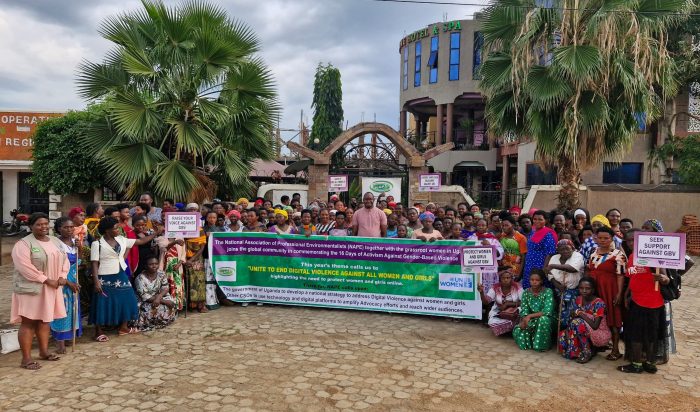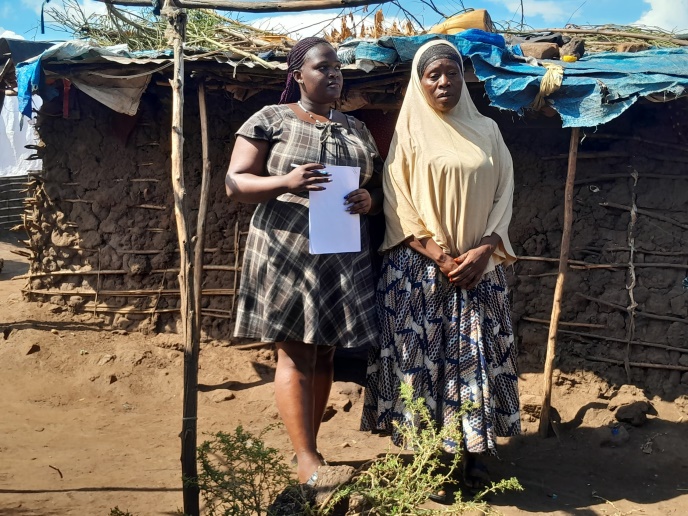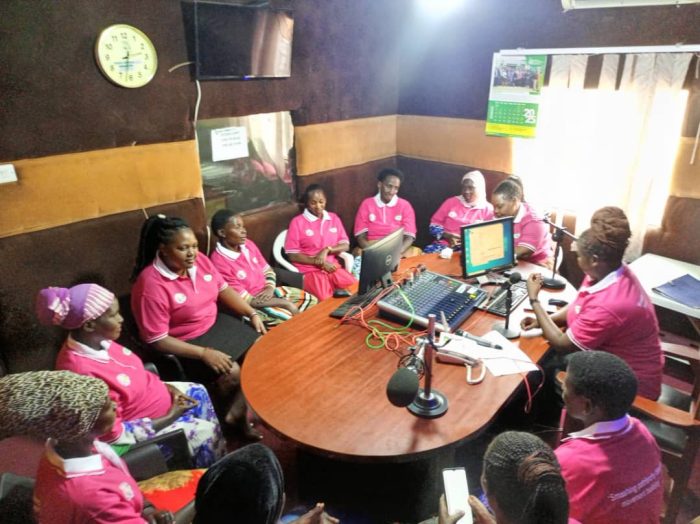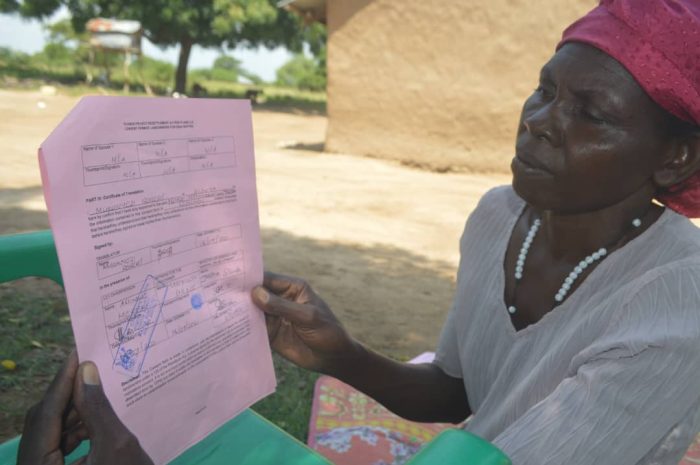
REPORT: Study shows that inaction on climate change will cost Uganda 20 times more than adaptation

A new report from the Government of Uganda with support from CDKN, Baastel, Metroeconomica, Makerere University and CIDT, finds that investing in adaptation to climate change today is well worth the investment. The costs of inaction on climate change by 2025 are 20 times the costs of adaptation.
Uganda is already experiencing the impacts of climate variability and associated economic losses. A drought in 2008 caused losses of approximately 3% of the value of all food and cash crops that year.Two years later, the country lost 16% of the total annual value of these crops as a result of extreme weather.
Uganda’s First National Development Plan (2010–2015) recognises that climate change will affect most of its key economic sectors and that action on climate change is crucial if the country is to meet its goal to become a competitive, upper middle-income country by 2040. The Plan also recognises that, for development to be economically and socially sustainable, climate resilience must be at the heart of policies for growth and development, energy access and security, increased agricultural production, education and health. The National Climate Change Policy was approved by the Ugandan Cabinet in April 2015 and its priorities are mainstreamed into the country’s Second National Development Plan (2015–2020).
Against this backdrop, the Government of Uganda commissioned the Economic Assessment of the Impacts of Climate Change study. Its purpose is to provide the Government with economic evidence on the current and future costs associated with climate variability and predicted climate change, and the necessary adaptation measures for different sectors at both national and local scales. This evidence is intended to help policy-makers mainstream climate change and resilience into national and sectoral policies and develop the case for investing in adaptation. The study team engaged with around 200 stakeholders from the Government of Uganda and around 300 people from districts and civil society through face-to-face meetings, workshops, interviews and field missions.
Evidence from the study has already informed Uganda’s Intended Nationally Determined Contribution (INDC) to the 21st Conference of Parties (COP 21) to the United Nations Framework Convention on Climate Change (UNFCCC) in Paris, France, in late 2015. The INDC outlines Uganda’s commitment to climate adaptation and the mitigation of greenhouse gases as part of a new, universal global climate agreement that will be decided at the summit.
The report’s key messages are:
1. Development prospects will only be reached if the impacts of climate change on Uganda are mitigated.
2. The impacts of climate change are expected to be felt across all the sectors and local areas studied, to varying degrees.
3. The cost of adaptation is high: estimated at around US$406 m over the next five years (2015–2020). On an annual basis, this amounts to about 5% of net official development assistance received and 3.2% of total government revenues (excluding grants).
4. The cost of inaction is 20 times greater than the cost of adaptation: inaction is estimated at between US$3.1 bn and 5.9 bn per year by 2025, which is more than 20 times the proposed adaptation budget.
5. The economic case for adaptation is clear: many of the adaptation measures proposed in the study are ‘no regrets’ investments, in that they are valid even in the absence of climate change.
6. Considering the co-benefits strengthens the case for adaptation further, for example improved livelihoods, health and access to energy; these represent strong investments in the development of Uganda’s future.






